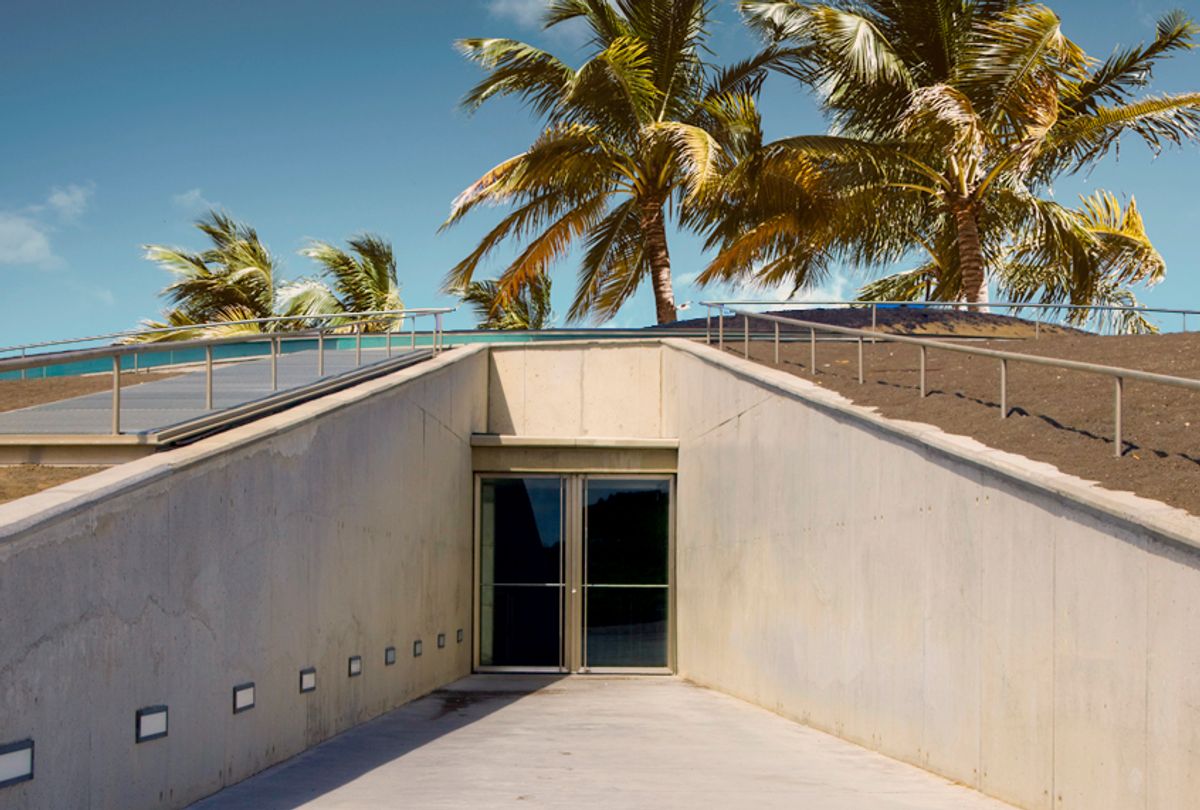What would you do with a few extra million dollars in your savings account? For roughly one-third of Americans, the answer isn’t to take exorbitant vacations or buy mansions. It’s preparing for doomsday.
According to The New York Times, the "panic industry" — consisting of at-home bunkers, hidden shooting ranges and more protective real estate renovations — has been booming in response to growing global uncertainties. Over the past 12 months, $11 billion has been spent on similar hefty purchases, as billionaires and blue-collar workers alike worry about the worst-case scenario, per The Times.
What is the worst-case scenario? Atlas Survival Shelters, a company dedicated to building bunkers and implementing doomsday measures, told The Times it can range from “malicious mobs” to “biological nuclear FALLOUT or EMP attacks from homegrown terrorists or other nations.” To these companies and their customers, nothing is too implausible — or too outlandish.
Steve Humble, president of Creative Home Engineering — a company specializing in building hidden doors leading to panic rooms and shelters — is a firm believer in his own product, as described by The Times. In his Arizona home, a secret fireplace door opens when the James Bond theme is played on a piano nearby; another hidden compartment hides a stockpile of medication and nonperishables.
While some of his clients install these doors for entertainment, Humble tells The Times he feels safer with his preparatory measures in place. And he notes that, while Creative Home Engineering’s protective products may have been seen as overkill in the past, there’s been a recent tone shift in the panic industry.
“Now I think people are realizing, ‘This is something you do if you’re serious about security’,” Humble told The Times.
The panic industry used to cater mainly to the wealthy, as escape tunnels and secret rooms aren’t cheap to install. But as more Americans see the appeal in these bunkers, companies are offering doomsday-prevention solutions at a relatively more affordable price point — with "relatively" being the key word.
So if you’re in the market for a bunker and you’re on a tight budget, you have nothing to worry about, as long as you have at least $20,000 saved up (not including construction and permit costs). Inversely, if you’ve got money to spend and find secret fireplaces a little too tacky, good news: How does a fire moat sound?



Shares